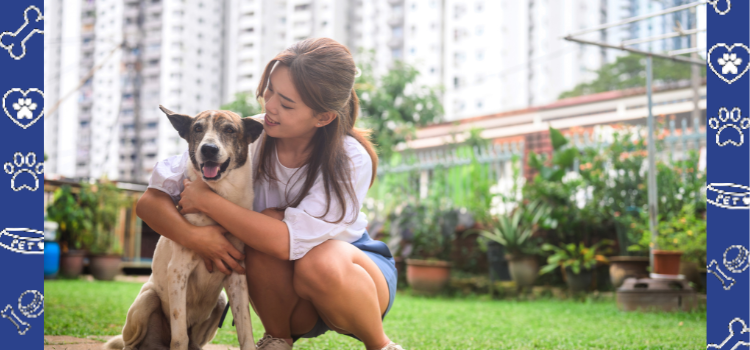Training Your Pet to Be Home A...

Training Your Pet to Be Home Alone: A Guide from PetCerts.com
Leaving your pet at home alone can be a daunting experience for both you and your furry friend. Whether you're heading to work, running errands, or taking a short trip, it’s essential to ensure your pet feels safe and comfortable while you're away. At PetCerts.com, we understand that training your pet to handle solitude is crucial for their well-being and your peace of mind. Here’s a comprehensive guide to help you through this training process.
Why Training is Important
Pets are social creatures that thrive on companionship. Sudden changes in their routine, such as being left alone, can lead to anxiety and stress, which may manifest in destructive behavior, excessive barking, or even health issues. Training your pet to be home alone helps them develop independence, reduces anxiety, and creates a more harmonious living environment.
Steps to Train Your Pet for Alone Time
1. Create a Safe Space
Designate a comfortable area in your home where your pet can relax when you leave. This space should be free of hazards and equipped with their favorite toys, a cozy bed, and fresh water. For dogs, a crate can provide a sense of security, while cats may prefer a cozy nook or a high perch.
2. Gradual Departures
Start by leaving your pet alone for short periods. Begin with just a few minutes and gradually increase the duration. This will help your pet adjust to your absence without becoming overwhelmed.
3. Practice Short Absences
Once your pet is comfortable with brief separations, practice leaving them alone for longer periods. Make sure to keep your departures and arrivals low-key to avoid creating anxiety around the event.
4. Use Positive Reinforcement
Reward your pet for calm behavior when you leave and return home. Offer treats, praise, or playtime to reinforce the idea that being alone is a positive experience. This helps build a positive association with your absences.
5. Establish a Routine
Pets thrive on routine. Establish consistent times for feeding, walks, and play. A predictable schedule will help your pet feel secure, knowing what to expect throughout the day.
6. Provide Entertainment
Keep your pet occupied while you’re away. Consider interactive toys, puzzle feeders, or even leaving the TV or radio on to provide background noise. This can help alleviate boredom and reduce anxiety.
7. Consider Pet Cameras
Investing in a pet camera can provide peace of mind while you’re away. Many cameras allow you to check in on your pet and even talk to them, helping to soothe them if they become anxious.
8. Gradual Increase in Alone Time
As your pet becomes more accustomed to your absences, gradually increase the time you spend away. Monitor their behavior closely to ensure they are adapting well.
9. Consult a Professional if Needed
If your pet shows signs of severe anxiety or distress despite your training efforts, consider consulting a professional dog trainer or animal behaviorist. They can provide tailored strategies to help your pet adjust to being home alone.
Training your pet to be home alone is a gradual process that requires patience and consistency. By following these steps, you can help your furry friend feel secure and confident during your absences. Remember, the goal is to create a positive association with being alone, allowing you both to enjoy your time apart.
At PetCerts.com, we are committed to providing you with the resources and support you need to ensure a happy, healthy life for your pet. With a little time and effort, your pet will become comfortable being home alone, allowing you both to thrive in your daily lives.